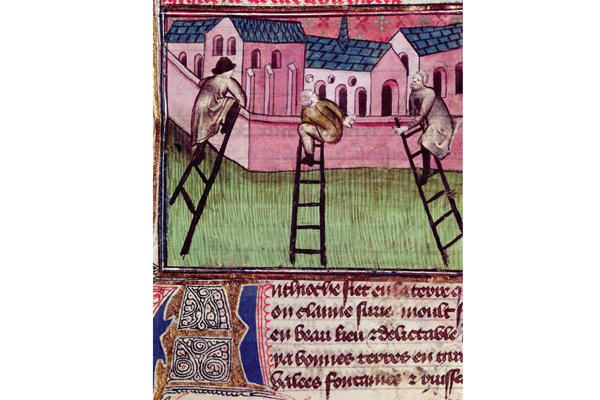Perhaps more than any other single historical event, the First Crusade (1096-99) lends itself to the narrative technique. This was the quest — and a successful one — on the part of Roman Catholic Europe to regain the Holy Lands taken during the Muslim conquests of the Levant four centuries earlier. Its rich cast of characters — among them Bohemond of Taranto, Raymond of Toulouse and Godfrey of Bouillon — caught between conflicting motives of faith, avarice, loyalty and ambition, have inspired magnificent epic poetry. Their ultimate goal was the recovery of Jerusalem — and as Sir Ronald Storrs, British Governor during the Mandate once said, ‘There can be no promotion after Jerusalem.’
Where that quest began, however, is more vexing. The received view has generally been at the Council of Clermont in November 1095, where a large audience of European nobility and clergy were supposedly galvanised by the rhetoric of Pope Urban II to go to the aid of the Byzantine Emperor Alexios I Komnenos aganst the Seljuq Turks invading Anatolia.
But Peter Frankopan — whose book is revealingly subtitled ‘The Call from the East’ — prefers to see its true origin in Constantinople. Rather than allowing the Pope or the crusader leaders to take centre stage, Frankopan focuses on Alexios, whom he regards as an unjustly neglected figure, vulnerable as much to internal strife within his empire as to invasion from without: ‘For nearly ten centuries, Alexios has remained on the periphery.’
But this has not in fact been the case, and one senses an over-enthusiastic publisher pushing the ‘novelty’ of a certain line too hard. The most attractively written account of the First Crusade is still Steven Runciman’s.







Comments
Join the debate for just £1 a month
Be part of the conversation with other Spectator readers by getting your first three months for £3.
UNLOCK ACCESS Just £1 a monthAlready a subscriber? Log in